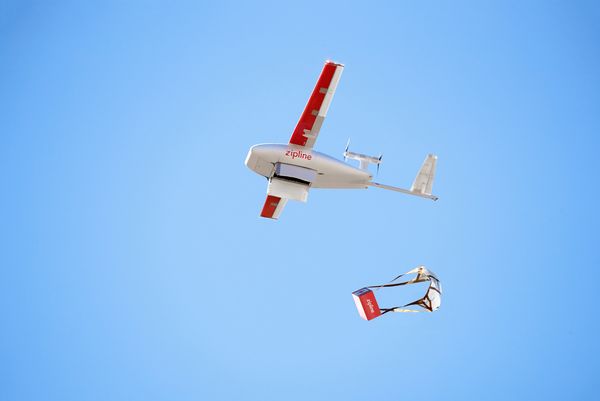Once again, it would be a fruitful period for science and technology, particularly the continued proliferation of social networks and digital messaging making the world even more interconnected.
Following its launch in 2009, WhatsApp would quickly gain massive traction, becoming the default mode of communication for many, making it the world’s most popular messaging application in 2015. Thanks to its mix of private and group conversations, it has become a key part of many people’s daily lives, and unsurprisingly was acquired by Facebook in 2014. WeChat has had a similar meteoric rise, often described as a super app due to its foundation in messaging but its key roles in commerce, social media, and financial processing have led it to become a dominant force in China.
Virtual reality would finally emerge as a mature technology, having been a touchpoint for science fiction for decades. Products such as the Oculus Rift in 2012 at one end of the spectrum, and Google Cardboard at the other, have seen increased adoption by consumers for gaming, and in professional environments for applications such as computer aided design, modelling and render. In a related area, 3D printing would start to make inroads as affordable desktop solutions for hobbyists from the likes of MakerBot would become popular.
PC sales would wane during the first half of the 2010s, quickly being overtaken by the newly popular tablet format which, together with the already widely used smartphone and new hardware devices, would offer an ideal platform for digital voice assistants that saw great improvement due to rapid developments in artificial intelligence. Smaller drones from companies such as DJI saw significant sales during the period, primarily used for videography and aerial photography, but also finding further niches in competitive racing, and even as a medical delivery service in Africa, with Zipline.

Large scale electric car production would begin with the Nissan Leaf in 2010 and the Tesla Model S in 2012, finding considerable success internationally and providing the catalyst for the development of charging networks, extending the usable range of these vehicles. The passing of peak oil in 2014 and the adoption of technologies that had a reduced environmental impact, such as renewable energy, would become increasingly relevant, as the conversation around global warming would become front and centre for many, with the notable signing of the Paris climate accord in 2015.
In medicine, the CRISPR gene editing process would be developed, offering exciting new ways to treat diseases, and developments in the treatment of HIV would allow those with the virus to lead significantly more normal lives than had been possible previously.
These few short years which took place in the relatively recent past are a prime example of human ingenuity under testing circumstances, that even with so many challenges surrounding us, there is always a will to develop, evolve, and achieve new successes.
